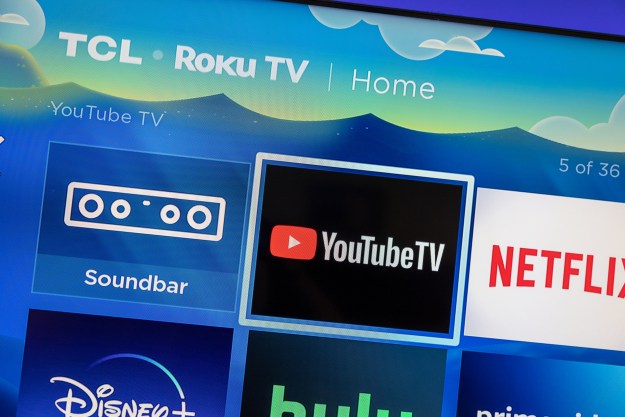Amazon and YouTube have agreed to comply with The European Commission’s request to switch to standard quality streams in an effort to avoid bandwidth overload in the European Union.
“Prime Video is working with local authorities and Internet Service Providers where needed to help mitigate any network congestion, including in Europe where we’ve already begun the effort to reduce streaming bitrates whilst maintaining a quality streaming experience for our customers,” a Prime Video spokesperson told Engadget.
According to a Reuters report, Alphabet-owned YouTube has said that it’s “temporarily switching all traffic in the EU to standard definition by default.”
The moves come a day after Netflix announced it will throttle bit rates across all of its streams in Europe for 30 days — a step that’s expected to reduce the company’s traffic on European networks by about 25%.
Unlike Netflix, YouTube hasn’t revealed yet how long its videos will be capped at SD quality and how much impact it would have on the region’s bandwidth. And though it is setting default stream quality at standard definition, it hasn’t said if it will be preventing EU users from switching to higher resolutions. We’ve reached out to YouTube and will update the post once we hear back.
As the coronavirus outbreak places countries in lockdown, people holed up in their homes have turned to online tools and platforms for both work and entertainment — causing a sudden spike in internet usage. Research and analytics firm Neilson estimates social distancing and quarantines “can lead to almost a 60% increase in the amount of content we watch in some cases and potentially more depending on the reasons.”
Streaming services traffic, as a result, is expected to grow in the coming days. Twitch viewership, for instance, is reportedly already up by 10%. One of Europe’s leading network operators, Vodafone, has said internet traffic in a handful of countries has surged by up to 50%.
To ensure this surge of traffic doesn’t end up clogging Europe’s internet lines and infrastructure, European Union Commissioner Thierry Breton has urged streaming platforms to downgrade their stream resolutions to SD from HD until the COVID-19 outbreak is under control.
“Teleworking & streaming help a lot but infrastructures might be in strain. To secure Internet access for all, let’s #SwitchToStandard definition when HD is not necessary,” Mr.Breton wrote in a tweet.
In addition to this, YouTube is rolling out a new section on its website and app’s homepage that will feature official, fact-checked COVID-19 videos. “We want everyone to have access to authoritative content during this trying time, so we’re launching a COVID-19 news shelf on our homepage in 16 countries. We’ll expand to more countries, as well,” the company said in a tweet.
For the moment, there are fewer concerns over network capacity in the U.S. “We are not seeing network degradation in the United States right now as far as we can tell,” said John Busby, managing director at BroadbandNow, told Digital Trends. “I don’t have a huge concern.”
Editors' Recommendations
- Yes, YouTube TV is kind of broken tonight
- What is YouTube Music? Everything you need to know
- YouTube tells creators to start labeling ‘realistic’ AI content
- YouTube TV just added a huge new add-on for $15 a month
- YouTube TV tips and tricks: how to get the most out Google’s live TV service




